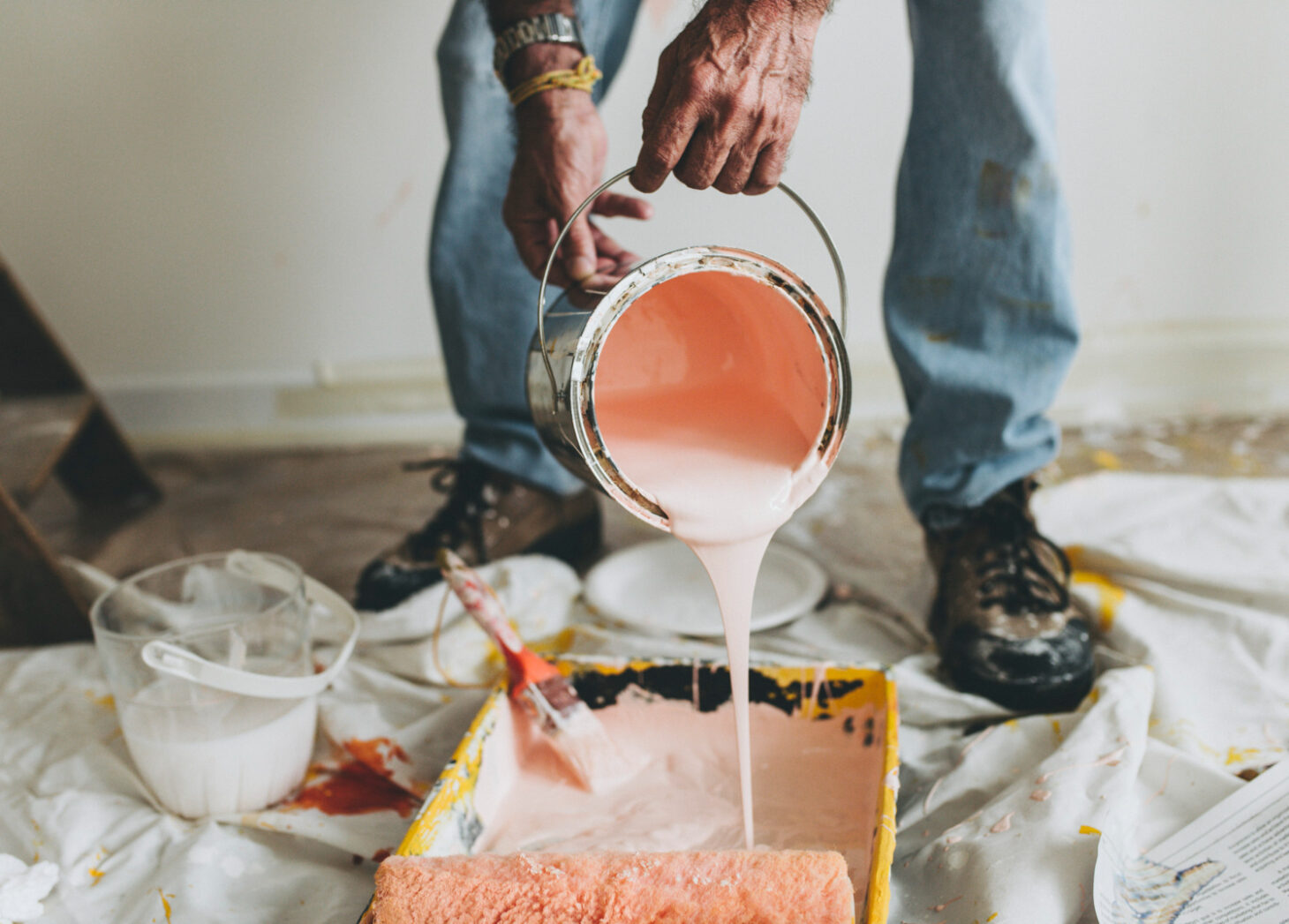You presumably believe you are familiar with what it is, how it is created, where to use it, and its varieties. Possibly not! Continue reading if you believe you are a paint expert.
If you weren’t interested in knowing about paint, what it is, how it’s used, how to paint things, and what varieties of paint there are, you probably wouldn’t have found this page.
Evidence abounds that paints, pigments, and dyes have been used for centuries before contemporary times, in fact, way back in history.

Intriguing facts about paint that you probably didn’t know!
You presumably believe you know what it is, how it is created, where it is used, and its varieties. Possibly not!
Evidence abounds that paints, pigments, and dyes have been used for centuries before contemporary times, in fact, way back in history.
Not only are the walls and doors of your home painted, but everything else is painted, including bridges, vehicles, trucks, and lampposts. What information is thus revealed here?
We like to think that we are pretty knowledgeable about coloured things, but did you know?
1. Storage of Paint Is Vital
You can do some things to simplify the painting process regarding paint temperature. You must monitor the temperature in the space where you are storing the paint because it freezes at low temperatures. You don’t want your paint to get too hot because that could change the paint mixture and separate vital components.
2. Bright hues are complex.
If you enjoy colour, you are likely aware of how challenging it may be to use bold hues in your house. For example, deep reds and vivid blues are intense wall colours that require more effort to apply and manage than their lighter-coloured counterparts. Bright colours will fade considerably more quickly in an overlit room, necessitating frequent touch-ups.
3. Not all paint is created equal.
As was briefly noted above, individuals discovered that some paints are superior to others over time, particularly in terms of durability. For instance, some paints peel or cannot tolerate grease after only a few years. As a result, spending money on high-quality paint saves you money. You might believe that a less expensive paint will be adequate, but you will forgo many of the benefits, costing you more money overall.
4. Your mood is impacted by paint.
The colours of the walls in your home significantly impact your mood, which is one of the more startling paint-related facts. The hue you decide to paint a room can evoke feelings of comfort or discomfort, especially in smaller areas. The “wrong” warm tones can evoke feelings of rage or high energy; these warmer tones might not be the most excellent choice for a child’s bedroom. Cool tones evoke feelings of calm and happiness. For instance, blue lowers respiration and heart rate while red increases energy in a space, resulting in a calmer and more soothing atmosphere.
5. White House Painting every year
Few people know that the White House is painted yearly because the original lime-based whitewash is insufficient. The stone surface would deteriorate far too quickly without regular paint treatment. The White House is painted every year using 570 gallons of paint!
6. Eco-Friendly Paint Is Beneficial to Your Health.
Eco-friendly paint not only benefits the environment but also improves your and your family’s health. Utilising organic, low-VOC paints enhances the air quality in your home and reduces your exposure to dangerous chemicals. Thus, you can buy with confidence at ECOS Paints, knowing that our eco-friendly paint will produce a wholesome atmosphere in your home—your lungs will thank you!
7. More Shades of Green
For various reasons, there are typically more variations of green than any other commercially available paint colour in the world. The ability of the human eye to identify more shades of green than any different colour is a great truth. Therefore, you will have many possibilities to pick from if you were planning to paint anything green.

8. Costly Pigments
Because some colours require more work to produce than others, some pigments are more costly than others. Lapis Lazuli, for instance, is regarded by many painters as the most expensive pigment in the industry since it needs the grinding of semi-precious stones, and it costs as much as its weight in gold!
9. The ideal temperature is 70°
There is a nearly ideal room temperature for painting, just as a roughly perfect paint colour temperature. Painting in a cold room increases the likelihood of an incomplete drying process; this is more like a freeze. Furthermore, painting in a hot, humid environment increases the possibility that the space won’t dry quickly. As a result, many artists believe that 70 degrees is the ideal temperature for painting.
10. Red Paint Warning
It would be best to exercise caution when painting with cheerful yellow. Plan and use a lighter yellow to get the shade you want because yellow paints dry almost a shade darker than in the can.
Conclusion
As we previously discovered, the colour of the paint might impact how we feel. The colour of a wall, or at the very least the paint or wall covering it, can affect how we feel, and colour can make us feel joyful, sad, calm, or nervous.
Vibrant colours like orange evoke a sense of adventure and a spiritually profound emotion.
Buddhist monks wear orange robes for a purpose! Every colour has the power to subconsciously and consciously evoke various emotions. For instance, when we see the colour RED, we automatically associate it with danger, causing us to take action. In this way, colour influences your daily activities without your knowledge.





